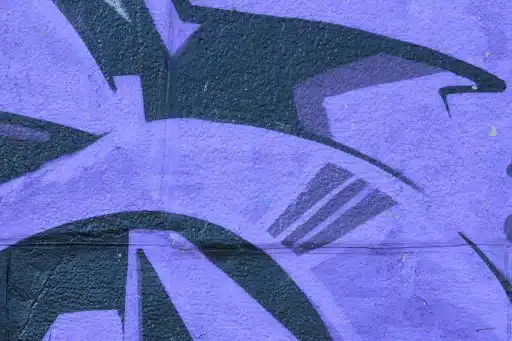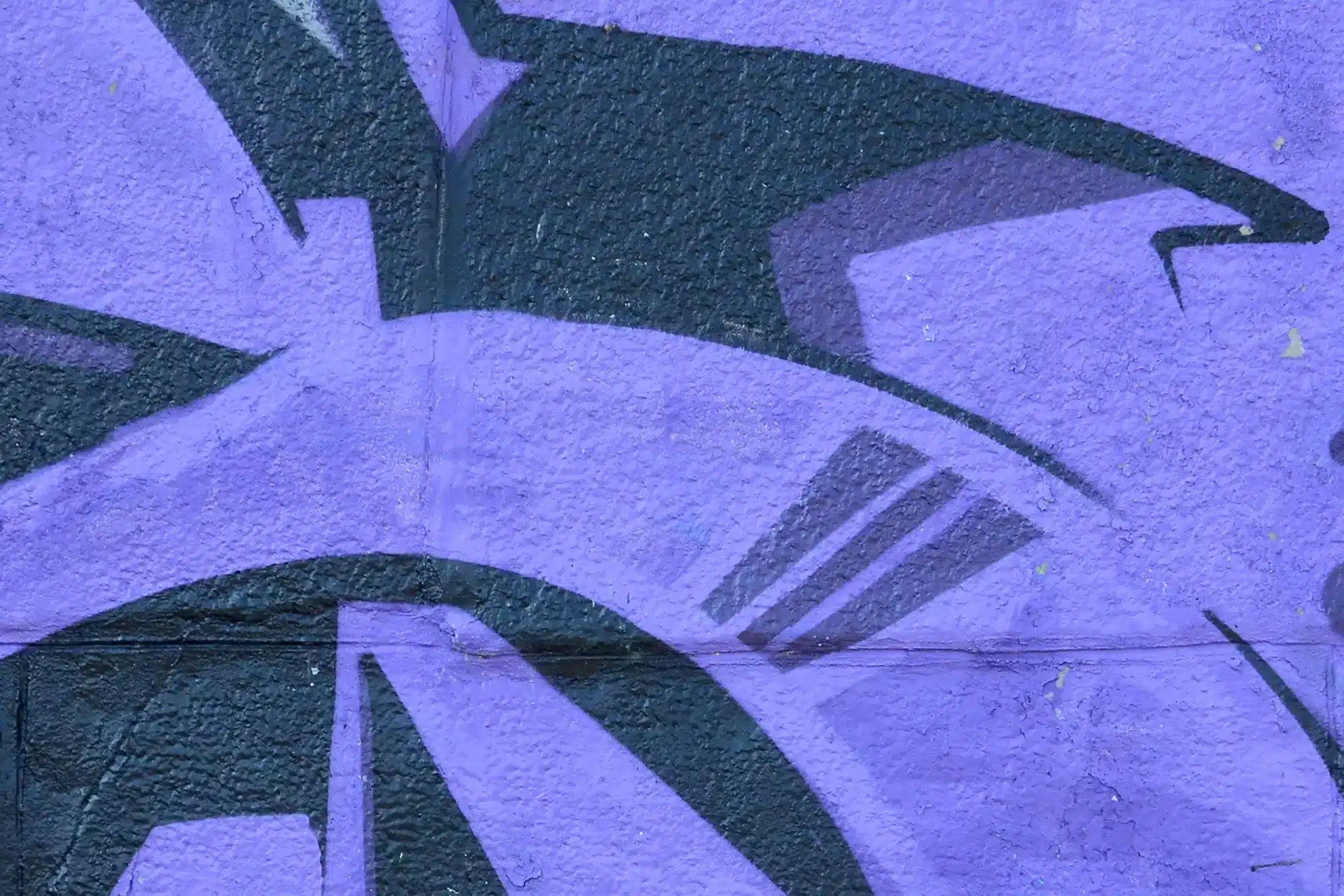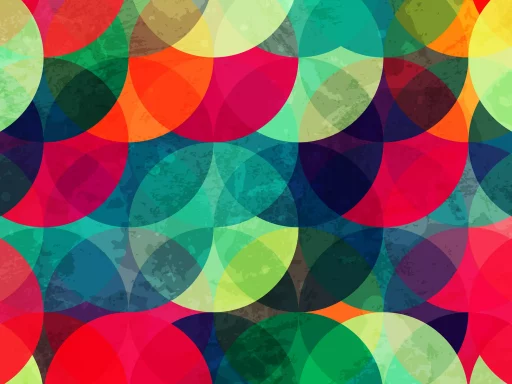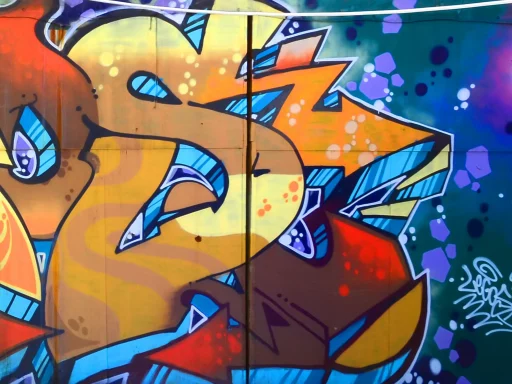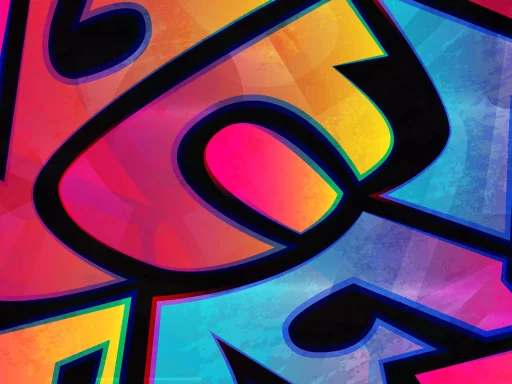Introduction
In the digital age, communication has evolved tremendously. The way we interact through text messages, social media, and online forums has given rise to various abbreviations and acronyms. One such popular abbreviation is “ROFL.” But what does it mean, and how is it used? This article delves into the details of ROFL, its origins, usage, and the impact it has on online communication.
Understanding ROFL
ROFL stands for “Rolling On the Floor Laughing.” It is an expression used to convey intense amusement in response to something humorous. In text and online communication, people rarely have the luxury of facial expressions and physical reactions; thus, acronyms like ROFL help convey those emotions effectively.
The Origins of ROFL
The acronym ROFL emerged in the early days of the internet, specifically in chat rooms and early online forums. It became popular alongside other laughter-related acronyms such as LOL (Laugh Out Loud) and LMAO (Laughing My Ass Off). As digital communication grew, so did the need for shorthand expressions that encapsulated feelings and reactions swiftly.
How ROFL is Used in Text
ROFL is typically used in informal contexts, conveying a high level of laughter in response to a joke, meme, or amusing story. Here are some common situations where ROFL might be used:
- In Response to Jokes: “I just heard the funniest joke! ROFL!”
- Reacting to Memes: “That meme with the cat is hilarious! ROFL!”
- In Conversations: “You won’t believe what happened today, ROFL!”
It’s essential to note that the tone of the conversation matters. ROFL adds a light-hearted tone, signifying that the speaker is having a good time, which can strengthen social bonds in digital communication.
Examples of ROFL in Text Conversations
To further illustrate how ROFL is used, here are some examples of conversational exchanges:
- Friend 1: “I just spilled coffee all over my laptop!”
Friend 2: “ROFL! I can’t believe you did that!” - Brother: “Why did the chicken cross the road? To get to the other side!”
Sibling: “ROFL, that’s so cheesy!” - Coworker: “My boss just tripped over the printer. ROFL!”
Friend: “I wish I was there to see that!”
Case Studies: ROFL in Social Media
Survey studies highlight the prevalence of humor in online communication. According to a Pew Research report, nearly 60% of adults aged 18-29 use online platforms to share funny content. In this context, they often resort to abbreviations like ROFL to express their amusement.
A specific case study of Twitter found that tweets containing ROFL can receive, on average, 20% more engagement compared to posts void of such expressions. The impact on communication is significant—using humor effectively can foster connection and make conversations more enjoyable.
Statistics on Online Humor Usage
The use of humor in online communication is not just a fad; it’s a trend supported by statistics:
- Approximately 76% of social media users appreciate humorous content.
- Content featuring laughter expressions often garners 30% more likes and shares on platforms like Facebook and Instagram.
- Online users are 25% more likely to follow accounts that frequently share humorous content or interact with humor-related expressions.
The Evolution of ROFL and Its Alternatives
As internet language continues to evolve, newer acronyms have emerged alongside ROFL, such as:
- LOL: Laughing Out Loud
- LMAO: Laughing My Ass Off
- LMFAO: Laughing My Freaking Ass Off
- ROFLMAO: Rolling On the Floor Laughing My Ass Off
Despite the influx of new slang, ROFL maintains its significance in text communication, being a recognizable term across various platforms.
Conclusion
ROFL is more than just an acronym; it’s an integral part of modern digital communication that captures the essence of laughter and amusement. Understanding how and when to use ROFL can enhance online interactions, making conversations more relatable and enjoyable. As language continues to evolve with technology, acronyms like ROFL remind us of the power of humor in connecting individuals.
